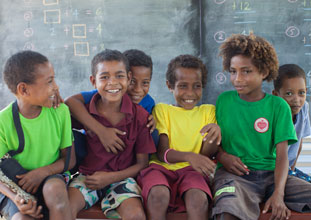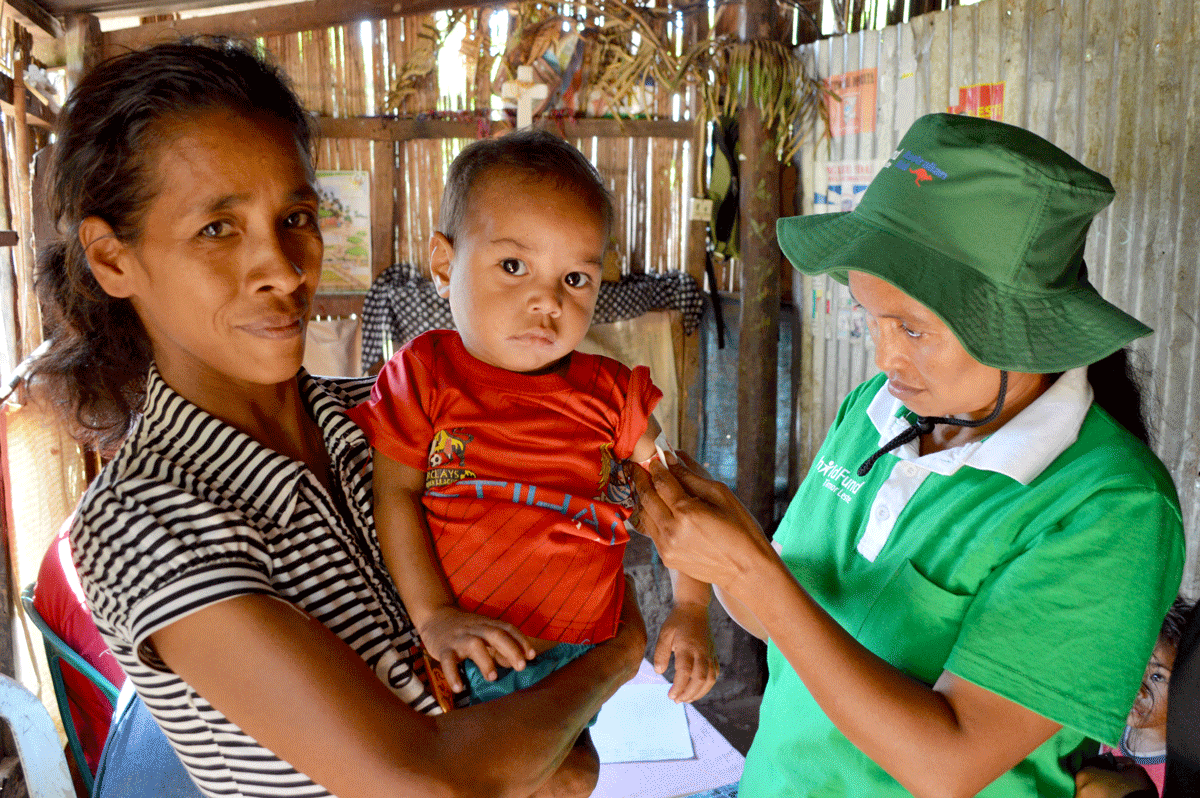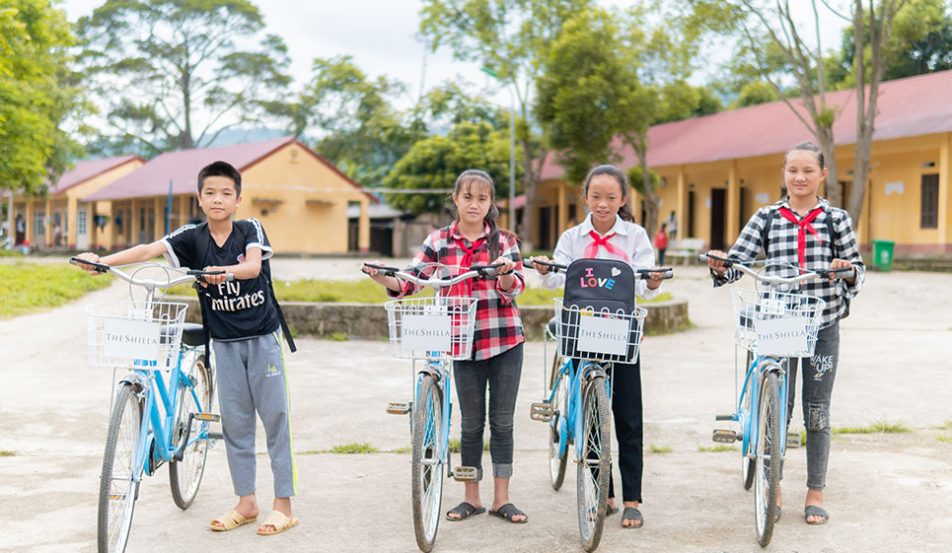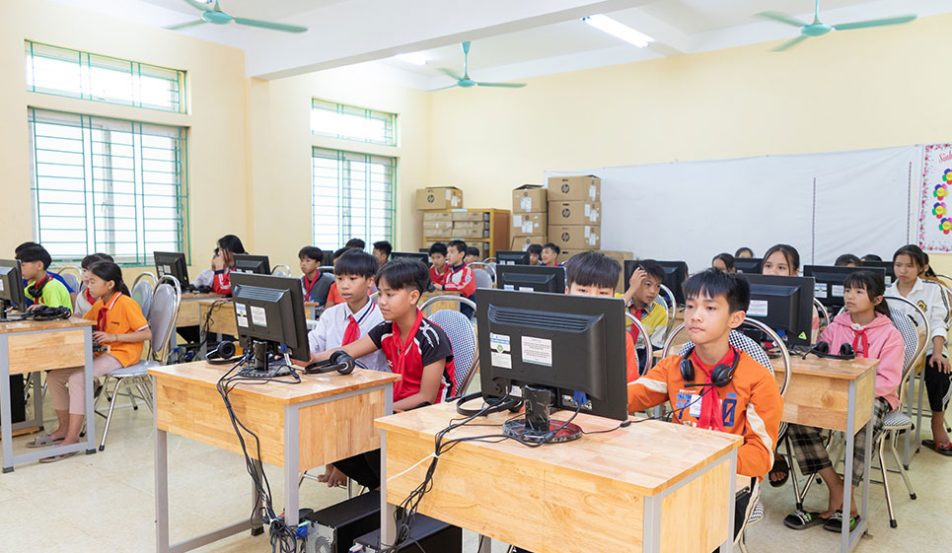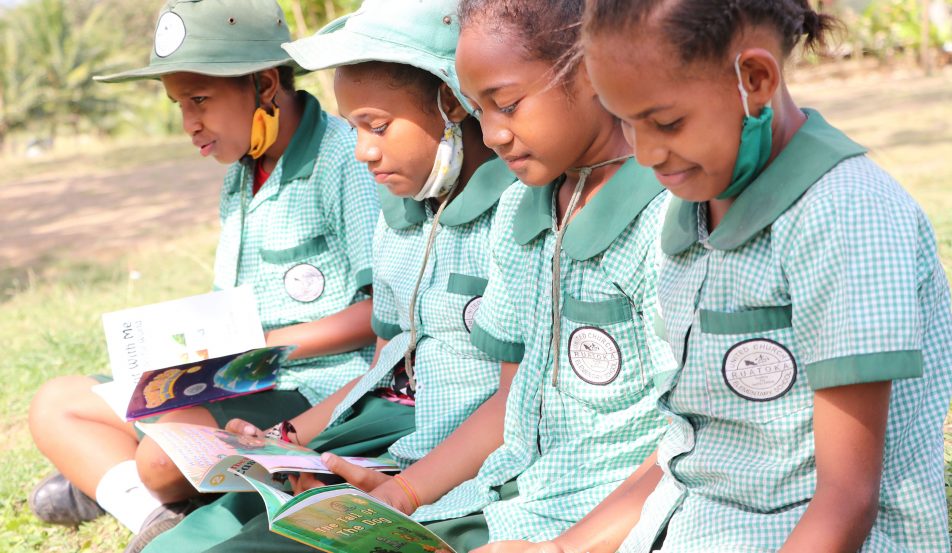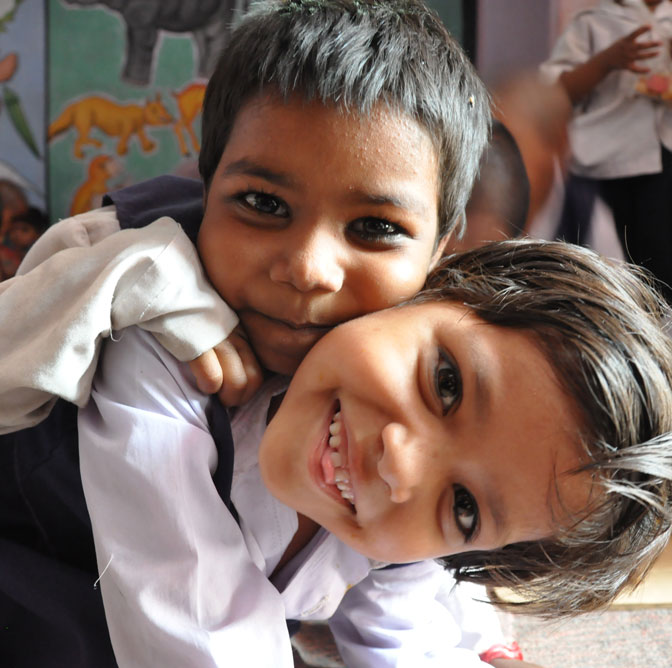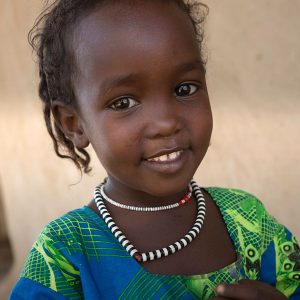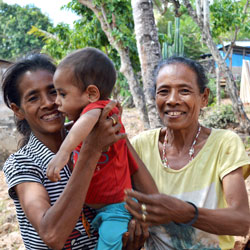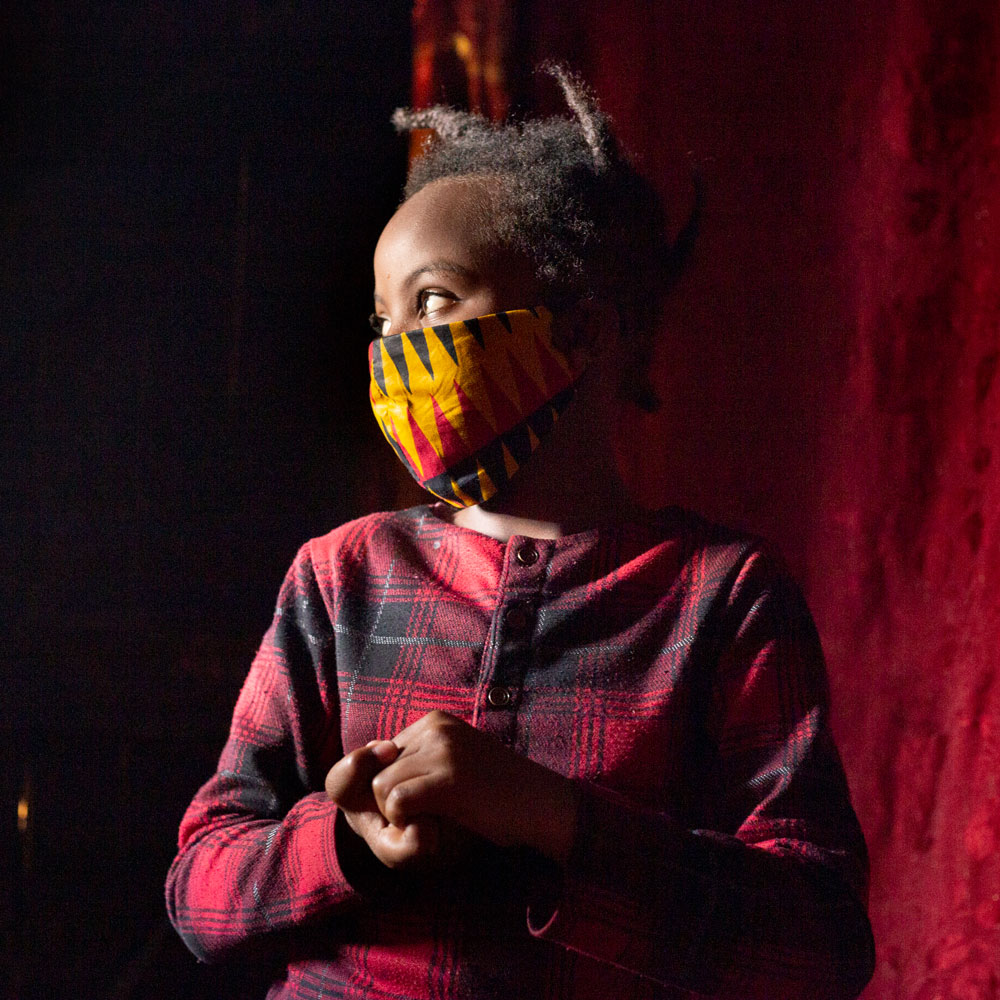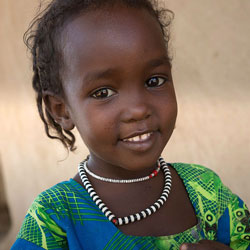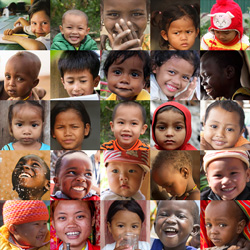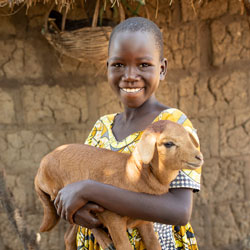ChildFund Brazil expands work to Amazon Region
School sponsorship is a new initiative of ChildFund Brazil to reach children in the most remote areas of the Amazon forest and improve their educational opportunities.
Raimundo and Toma, (pictured above) are the local teachers in Tres Unidas, a small community located along the banks of the Amazon River, three hours by boat from the Brazilian city of Manaos. This community is part of the Kambeba indigenous group, one of hundreds of ethnic groups that live in the Amazon forest, a vast green territory more than twice the size of Texas.
Elementary schools in remote areas of the Amazon lack basic infrastructure, such as proper roofs, desks and even bathrooms. “Sometimes children take their lessons outside, under the shade of a tree, because it gets very hot during the day in the classroom, not to mention during the rainy season,” explains Tom
Most of the classes are multi-grade with an average of 30 students, ages 4 to 12 years. The children`s age differences make it difficult for teachers to follow up on programs and individual progress. “We divide the board into four parts and the children into four groups according to their ages; we work with them in separate activities, depending on the topic,” says Raimundo.
Still, every single child in this little village of palm-thatched huts housing about 20 families goes to school every day and looks forward to learning.
The ChildFund school sponsorship program in Brazil is a new initiative developed in partnership with the Sustainable Amazon Foundation. ChildFund seeks to improve school infrastructure and access to quality education for school-age children in isolated communities deep in the Amazon forest. Launched in September 2012, the program also aims to raise children`s awareness of the importance of sustainable use of their resources, so that they can become “true guardians of the forest.”
For Raimundo, who is also the Tres Unidas school director, educating children in his community is about delivering formal curriculum and also focusing on indigenous culture. It`s important that the children learn about traditional history, rituals, language and medicine.
He notes that indigenous schools in Brazil typically have inferior infrastructure and learning materials. As part of their partnership strategy for the school sponsorship program, ChildFund Brasil and FAS are working to reduce the cost of delivering educational services to remote areas. “We don`t want to replace government but facilitate development,” says Virgilio Viana, director of FAS.
Thus, ChildFund and FAS are partnering with municipalities. For example, the municipality is covering the cost of providing teachers, and ChildFund and FAS, with the help of the community, are building or improving schools and also supporting teachers with additional training and teaching tools.
The School Sponsorship program is already piloting in the Sustainable Development Reserves of Juma and Uatumã, supporting 20 schools and nearly 300 students. In the long term, ChildFund Brasil`s goal, with the support of sponsors and donors, is to have a presence in eight natural reserves and reach children in more than 500 communities in the Amazon.
